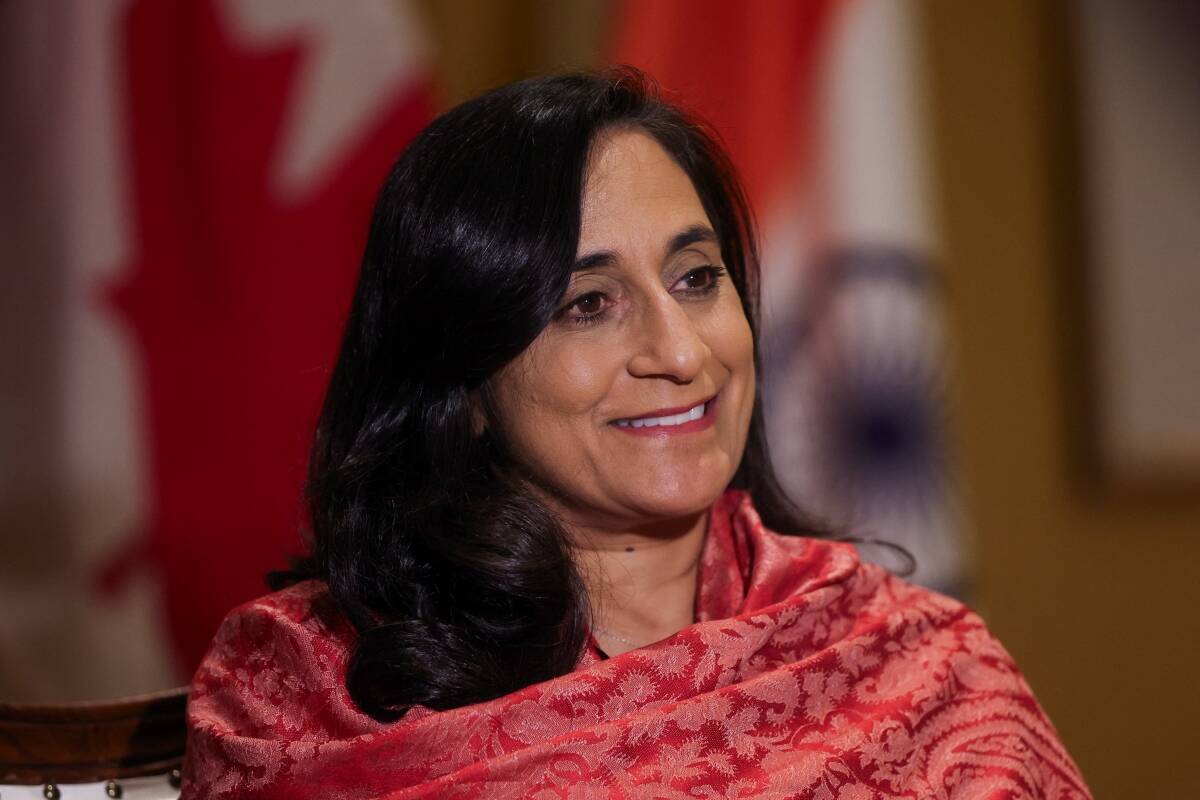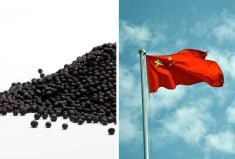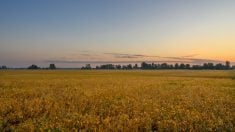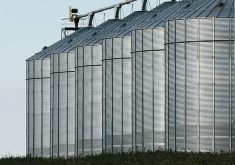Koch Fertilizer plans to spend $30 million to expand its nitrogen plant in Brandon, increasing ammonia production by 90,000 tonnes annually.
As well, the company said it is considering another major investment in its Brandon plant to boost urea production.
However, Farmers of North America spokesperson Bob Friesen said Koch’s expansion plans won’t affect FNA’s plan to build a $1.7 billion nitrogen fertilizer plant in Western Canada.
“It doesn’t mean anything,” he said.
“It really doesn’t impact on our plans and on our project.”
Read Also

Canada and China discuss disputes over canola and EVs, says Ottawa
Senior Canadian and Chinese officials discussed bilateral trade disputes involving canola and electric vehicles on Friday, Ottawa said, but gave no indication of any immediate breakthrough.
FNA, a business alliance of farmers based in Saskatoon, is leading ProjectN: Farmers Fertilizer Alliance, in which farmers will own and share the profits of a proposed nitrogen fertilizer plant
Friesen said there is ample space in the North American marketplace for expansions of existing facilities and construction of new nitrogen plants because Canadian and U.S. farmers import 11 to 12 million tonnes of nitrogen fertilizer a year.
Don Pottinger, chief executive officer of Northern Plains Nitrogen, a proposed $1.7 billion plant in Grand Forks, North Dakota, that is supported by corn growers and other producer groups in the state, agreed with Friesen’s assessment.
He said North America’s production deficit means the nitrogen market can accommodate several new plants. Koch’s investment also confirms that there is an opportunity for nitrogen production in North Dakota, he added.
“It says the drivers for the Northern Plains nitrogen plant are recognized by more than us,” said Pottinger, who used to work at the nitrogen plant in Brandon before moving to Minnesota.
“Sixty percent of the nitrogen fertilizer that’s used in the United States is imported. And in the northern Plains, it’s much higher than that…. The (Koch) addition, it’s a drop in the bucket really.”
Friesen said the ProjectN model is distinct because FNA plans to sell nitrogen to farmers who own the plant.
“It’s not about introducing competition. It’s about farmers owning their own plant and capturing the manufacturing margin.”
Friesen compared the business model to building a feed mill on his farm when he raised turkeys and hogs near Wawanesa, Man.
“We weren’t throwing the feed out into the open market,” he said.
“We built the feed mill to capture the manufacturing margin for product that we ourselves were growing and creating demand for.”
Friesen said 2,300 farmers are participating in ProjectN, representing 10 million acres of Canadian farmland and $8 million in investment.
However, FNA continues to recruit Canadian farmers, asking them to buy seed capital units that will be used for project development.
FNA has two major objectives for 2014: partner with an major investor and launch an equity campaign that will ask farmers to invest directly into the nitrogen plant.
“Our number one priority right now is to get an MOU (memorandum of understanding) with a strategic, third party investor, and secondly, to get the farmer participation higher,” he said.
“We definitely want to get to the equity investment drive this year.”
FNA has hired BMO Capital Markets to seek out a partner.
Friesen said it’s an excellent time to attract investors for a fertilizer plant because North America’s grain industry is thriving.
“We saw a report at an investor conference in New York last year, where the companies are quite unapologetic about showing investors the financial health of farmers,” he said.
“They’re talking through the media and through investor conferences … saying (they) believe the demand for nitrogen will remain strong because farmers will try to maximize their yields.”
Pottinger said Northern Plains Nitrogen is also seeking a major investor for its plant, North Dakota farmers have contributed several million dollars to the project.
“For potential investors it’s such a great story, to say that growers in the area are (depending) on imported product (and) are interested in investing in a plant nearby,” he said.
Friesen’s sales pitch also refers to farmer participation, but he has a slightly different message for them.
“We keep telling farmers that they will pay for someone’s plant,” he said.
“We’re suggesting if you’re going to pay for a plant, why not pay for your own.”
Proposed nitrogen fertilizer plants for North Dakota and Western Canada:
* ProjectN, Farmers of North America
Cost: $1.8 billion
Size: 1.2 million tonnes urea and 400,000 tonnes of urea ammonium nitrate (UAN) annually
Location: Somewhere in Western Canada, TBA
Slated to open: 2017
* Northern Plains Nitrogen
Cost: $1.7 billion US
Size: 2,400 tons of ammonia per day
Location: Grand Forks, N.D.
Slated to open: 2017
* CHS
Cost: $1.5 billion US
Size: 2,200 tons ammonia per day
Location: Spiritwood, N.D.
Slated to open: Late 2016















